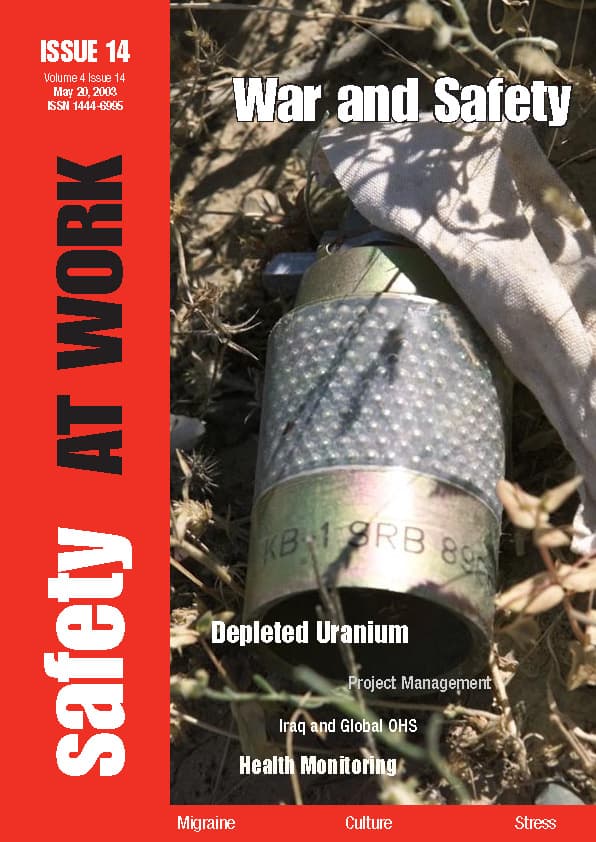One of the services that Workplace Safety Services (the company behind SafetyAtWorkBlog) provides to its clients are podcasts.
The Safety Institute of Australia had a podcast produced principally to promote its Safety In Action Conference, which is in Melbourne Australia on 31 March to 2 April 2009, that includes an interview with Andrew Douglas. Andrew is speaking at the SIA09 conference and is a director of Douglas Workplace and Litigation Lawyers.
In the podcast he discusses making OHS a core business function, the OHS role in small business and the not-for-profit sector, and how important it was for him personally and professionally to be involved with the Safety In Action conference.
The podcast is a short promotional one but you may find Andrew’s comments of interest and use.


